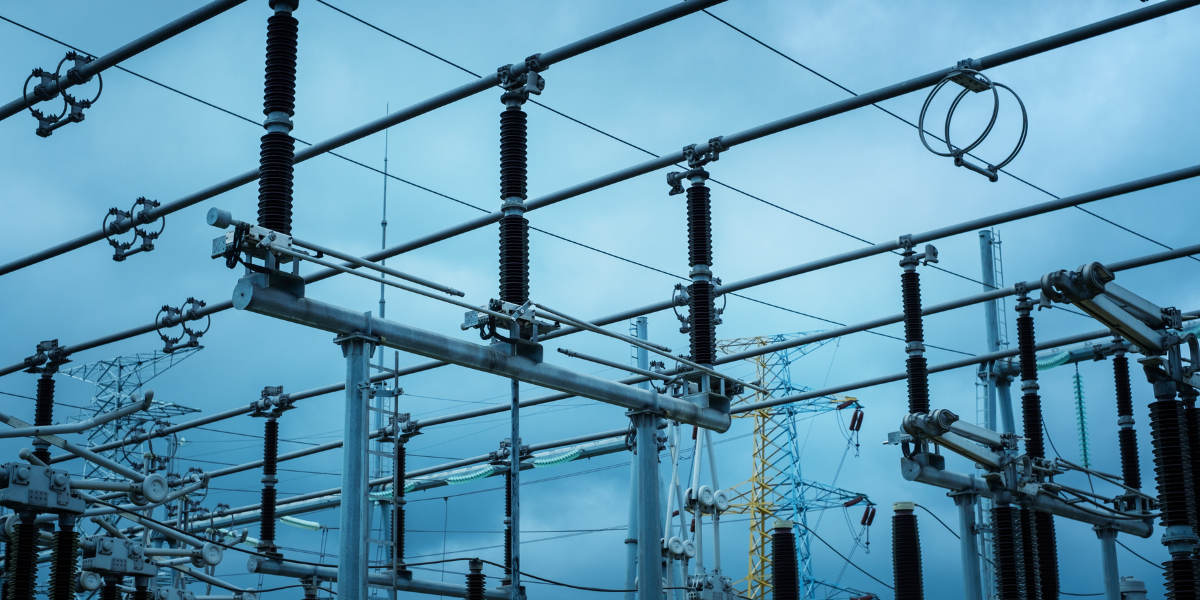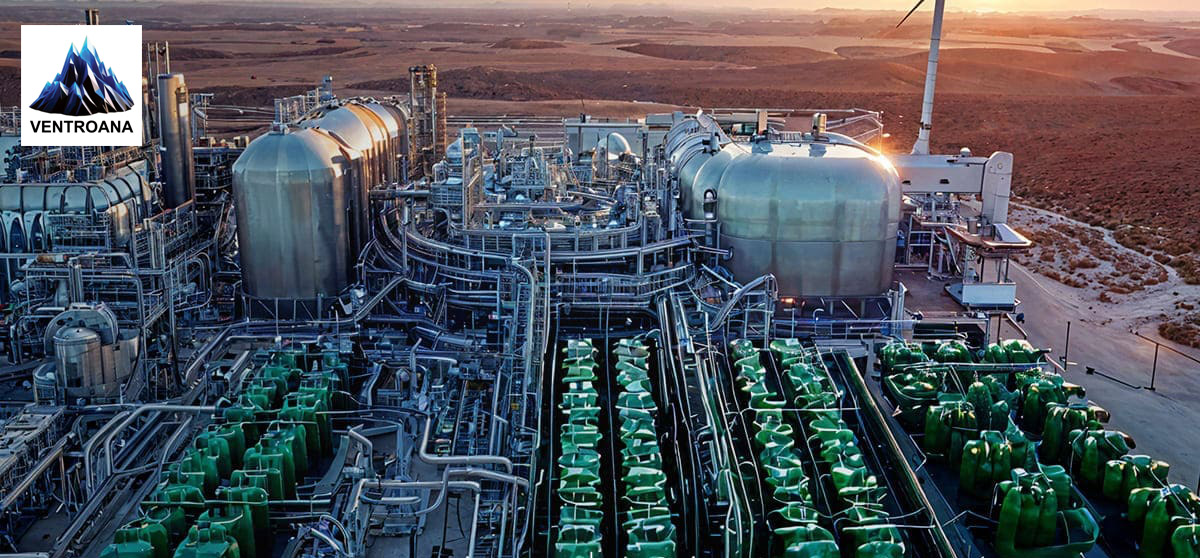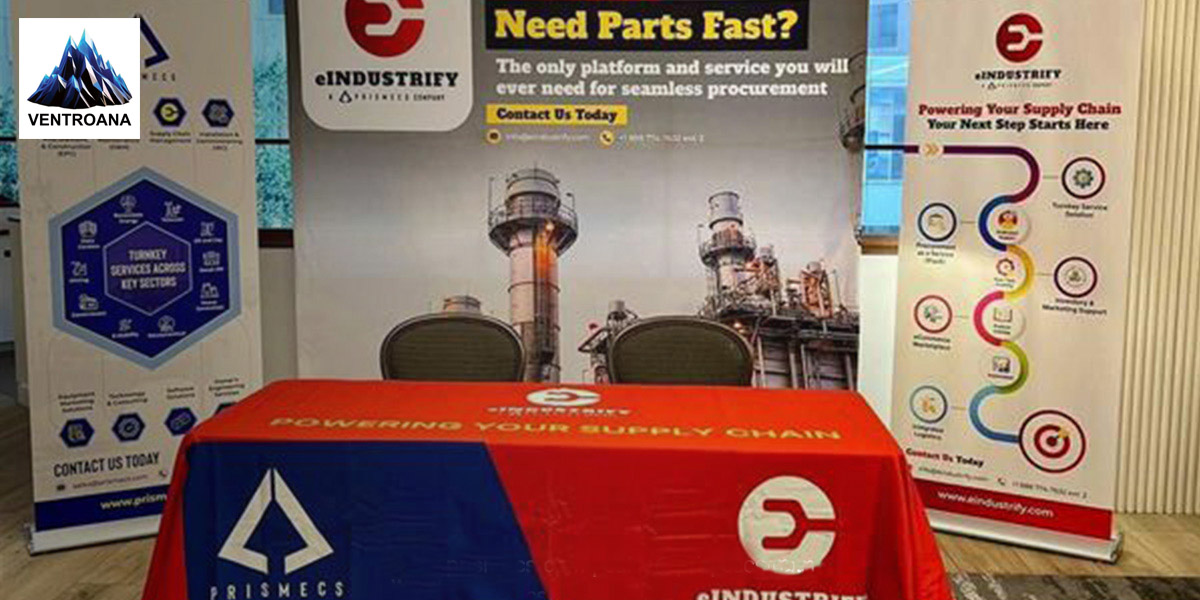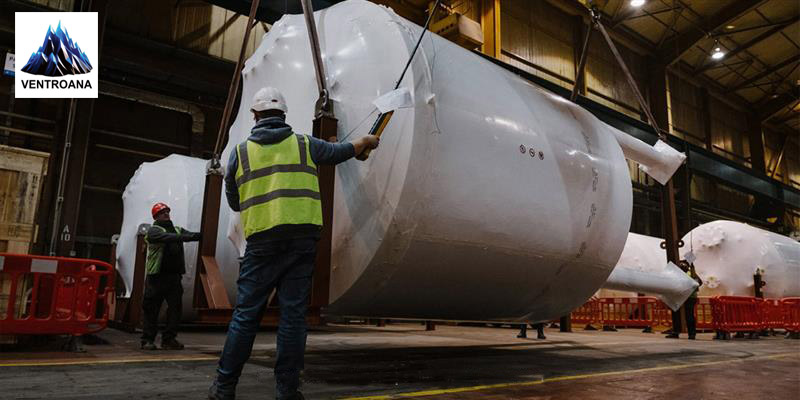Microgrid
February 11, 2024

In a distribution substation, electricity gets distributed to different customers. Substation protection equipment contains incoming and outgoing circuits, each connecting to the bus-bar system by an isolator, circuit breaker, transformer, etc.
There are several expensive pieces of substation protection equipment used at power substations. You can place & watch them explode if there is no protection. A protection measure may include quick trip settings, breaker disablement reclose, arc-flash settings, etc., associated with employee safety.
A significant consideration is the safety and protection of the workforce, equipment, and other resources. It can be possible by using fencing, lightning arresters, and underground cables.
Different substation types have different voltage classes and are used in power systems, insulated connections, and building materials. Standard substation protection equipment seen in systems includes the following:
A step-up transmission substation collects electricity from a nearby generating station. It boosts the voltage for transmission to farther areas using a sizable power transformer.
Electricity is distributed to one or more transmission lines via a transmission bus.
An area's distribution system receives power from the transmission system through a distribution substation. A distribution substation requires two or more transmission or sub-transmission lines as input.
Typically, traction current and HVDC converter facilities connect to these substations. Powerful equipment that can change the current frequency flow through the system is found in converter substations. Depending on the situation, converter substations can switch between converting alternating current to direct current and vice versa.
The substation protection equipment consists of the following essential electrical equipment:
Power Transformers are static electrical devices that transfer power from one circuit to another without changing frequency. Typically, transformers step up or down a system's voltage levels for transmission and generation. They reduce the voltage to 120,000 volts (120 kV), the sub-transmission level carried to local substations, from 735,000 volts (735 kV). Substation protection equipment has safety features called surge arresters on either side of them.
The term "instrument transformers" refers to combined current and voltage transformers.
The current transformer evaluates using a current transformer by taking samples of the system's higher currents. These condensed samples accurately reflect the system's natural high currents. These employees install and maintain protection-related current relays, typically with low operating current ratings.
Similar to a current transformer, a potential substation protection equipment is used to sample high voltages from a system and deliver low voltage to relays for a protection system, as well as low-rating meters for voltage measurement. To save on the measurement device's expense, the actual system's high voltage can derive from this low-voltage measurement.
An insulator is a metal that restricts the free movement of electrons or electric charge. As a result, insulators have a high resistance to electricity. Insulators come in various forms, including suspension, strain, stray, shackle, pin, and more. The image above illustrates a few different types of insulators. Insulators use insulation to prevent short circuits and to meet other insulation standards while building electric poles with conductors.
An isolator is a manually operated mechanical switch that isolates the damaged wire, circuit, or segment from the rest of the circuit to prevent the emergence of more severe faults.
When there are heavy currents, a bus bar conductor is installed to link two or more pieces of equipment next to one another. These are typically bare copper bars that support the insulators and are either rectangular or tubular. The outdoor bus bars come in two different varieties: rigid and strain.
Pipes are used in the rigid kind to link the various pieces of equipment. The bus bars' rigidity ensures that the clearances never change.
A distribution substation's most crucial safety feature is a lightning arrester, which guards working people and expensive equipment. During lightning strokes, the excess electricity is stopped and discharged to the ground. These are put between a line and the earth close to the equipment.
A circuit breaker device automatically cuts off the system's power supply whenever a malfunction or short circuit develops. It minimizes damage at the fault's site by quickly detecting and isolating faults.
The circuit breakers stop the extremely high fault currents, which may be ten or more times the currents used during regular operation.
You can use a variety of criteria and applications to build circuit breakers. However, the most widely used circuit breakers, in general, are vacuum circuit breakers, air circuit breakers, SF6 circuit breakers, and so on.
Relays are used to manually or automatically terminate the circuits. The coil that makes up the relay is excited or energized. Closing its connection activates it to break or establish a circuit. Relays come in various forms, including voltage relays, auxiliary relays, reclosing relays, solid state relays, directional relays, inverse time overcurrent relays, microcontroller relays, and over-current relays.
Because these capacitor banks serve as a source of reactive power, they can lessen the phase gap between voltage and current. They will boost the supply's capability for ripple current. It steers clear of the power system's negative traits. It is the most cost-effective way to preserve power factors and correct power lag issues.
For the safety of operational staff and electrical equipment, it is crucial to provide efficient, reliable, and durable Earthing in substations and switching stations. Voltage levels do not exceed acceptable limits, and a robust ground connection dissipates the fault to the earth.
Earthing joins the electrical equipment to the earth's overall mass.
The outdoor substation yard has fencing to prevent livestock and illegal people from entering. It needs to be independently earthed or grounded. Usually, fencing height shouldn't be less than 1.8 meters. Every year, fencing needs to be coated with the appropriate paint.
The control room holds the distribution panel board. An Earthing conductor must join the panel frame to the earth grid. In front of the panel, there must be a rubber pad of the required size and quality.
Ventro Analytics offers numerous designs for substation protection equipment. Be sure to contact us as soon as possible for more information. Contact Us to Discuss Your Industrial Processes and How Our Experts Can Help You at +1 888 7747632 or sales@ventroana.com. For additional information, please visit our website.
Q1. What are the safety precautions in the substation?
Ans: Safety precautions in substations include maintaining clear communication, using proper signage, adhering to lockout/tagout procedures, wearing appropriate personal protective equipment (PPE), maintaining safe distances from live equipment, and ensuring proper grounding. Regular training and adherence to safety protocols are crucial to prevent accidents and injuries.
Q2. What is a substation?
Ans: A substation is a facility in the electrical transmission and distribution system where voltage is transformed from high to low, or the reverse, using transformers. It includes equipment to control the flow of electrical power, such as circuit breakers, switches, and transformers, and serves as a point for system protection and monitoring.
Q3. What PPE is used in the substation?
Ans: Personal Protective Equipment (PPE) used in substations includes insulated gloves, hard hats, safety glasses, flame-resistant clothing, ear protection, and safety boots. In some cases, face shields and dielectric boots are also used to protect against electrical hazards.
Q4. What are the basic principles of substation?
Ans: The basic principles of a substation involve transforming voltage levels to facilitate efficient power transmission and distribution, protecting the electrical system through circuit breakers and relays, and ensuring the reliability and stability of the power supply by managing power flow and system faults.
Q5. What are the three main parts of a substation?
Ans: The three main parts of a substation are:
1. Power Transformers: Convert voltage levels between high transmission voltages and lower distribution voltages.
2. Switchgear: Includes circuit breakers and disconnect switches that protect and control the electrical circuits.
3. Control Systems: Comprise protective relays, control panels, and monitoring equipment that ensure safe and efficient operation of the substation.
Tags: Substation Protection Substation Protection Equipment Electrical Substations Power Outages Protection Relays

Successful Implementation of Green Hydrogen in Power Plants
Discover how green hydrogen revolutionizes power plants with sustainable energy solutions, reducing ...

Driving Innovation and Resilience: Insights from the 10th Annual Energy Supply C...
Gain insights on driving innovation and resilience at the 10th Energy Supply Chain & Procurement Sum...

Understanding EPC Engineering: Key Concepts Explained
Discover the essentials of EPC Engineering, covering contracts, project phases, and roles of EPC con...